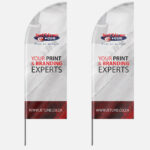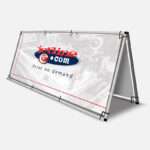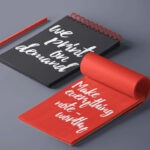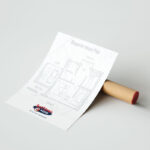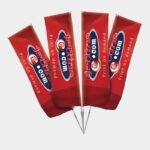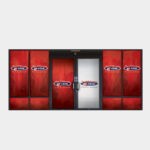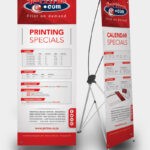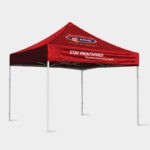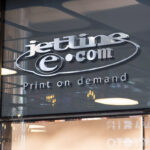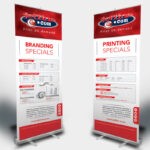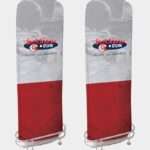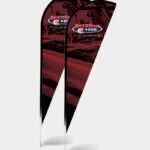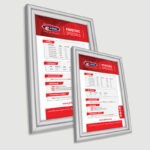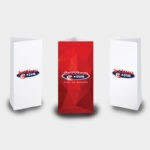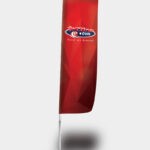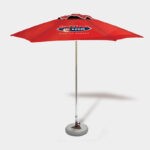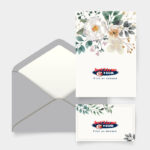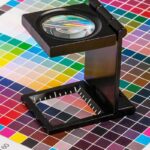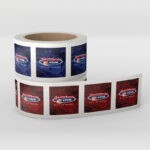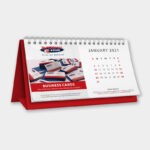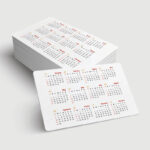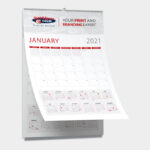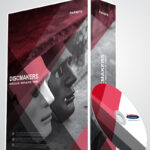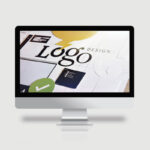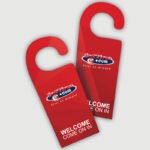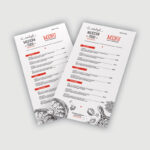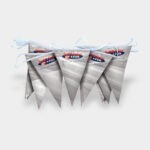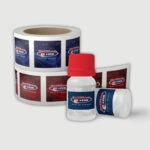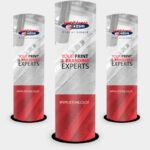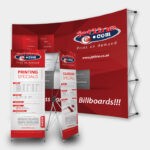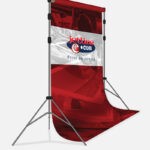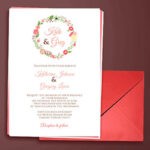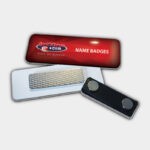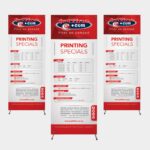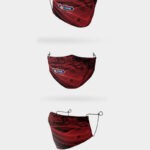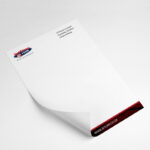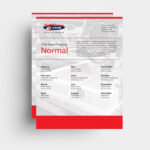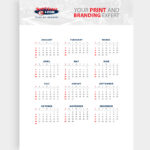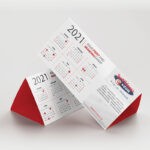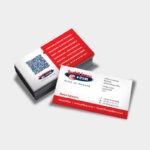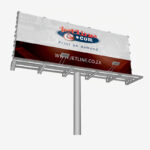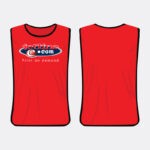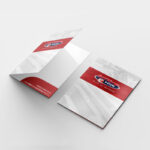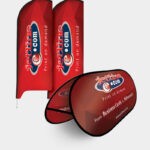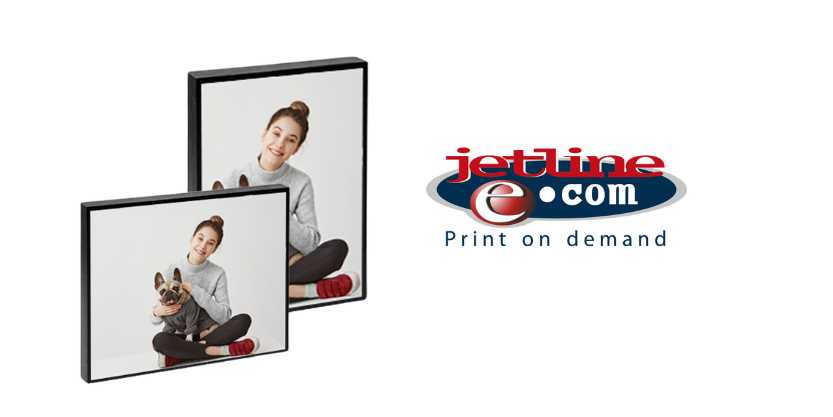Logos have been a part of man’s day to day life for thousands of years, in fact logos/markings can be traced back to Ancient Egypt. Ancient Egyptians would brand their domestic pets as a mark of ownership. The Ancient Greeks and Ancient Romans would mark their artworks and pottery to identify the manufacturer and artist. Religions and faiths have all used symbols to represent their faith as a form of immediate identification.
Today, logos form the foundation of a business’s branding strategy. The logo design is the company’s graphical representation that anchors the brand and becomes the most visible indicator of the company among the target market.
The 1800s – 1900s
Before the 1800s, “logos” were nothing more than markings. They were not designed for business branding purposes, rather, they were used for simple identification purposes. The 1800s – 1900s saw the introduction of the logo as a business tool. It was during the Victorian era that logos became more strategic and complex. One of the first brands to come out of this era was “Cadbury” and it is still a recognised and renowned brand today.

1900s – 1930s
This was when Trademarking began and when the logo as we know it, started to become a strong marketing tool for business, selling and establishing brand identity. It was also during this time that logo designs and corporate identities started being trademarked.
1930s – 1980s
This is when the graphic design masters truly left their mark. Artists such as Alan Fletcher, Paul Rand, and Milton Glaser revolutionised logo design. They developed the principles of simplicity that most designers still work with to this day.
1980 – Today
The modern logo is flexible, simple, and easily adaptable to fit any kind of print media or digital media marketing. The modern logo is also created to stand the test of time and adapt to a company’s growth and possible evolution.
The Evolution of Famous Brand Logos
Nike
The famous Nike swoosh was actually intended to represent the wings of the Greek Goddess of Victory – Nike. The brand grew so rapidly, and the design was so recognisable, that the company removed the brands name from the logo.
The Nike swoosh was easily identifiable on its own, no text was needed.
Starbucks

The Starbucks woman is actually representative of a “Siren,” a mythological Greek creature who is the original Femme Fatale. Now she is just the queen of coffee and industry.
The Starbucks woman is actually representative of a “Siren” – a mythological Greek creature who is the original femme fatale. Now she is just the queen of coffee and industry!
Much like the Nike swoosh, the Starbucks Siren is easily recognisable on its own, and Starbucks has dropped its name from the logo.
Mercedes

Mercedes Benz went from a name to a symbol, as most successful brands seem to do! The 3 points of the logo that we now recognise were once a part of a much larger strategy.
Did you know that the three points actually represent the company’s domination of land, air, and sea?
Ford

Henry Ford II asked prolific graphic designer Paul Rand to revamp the Ford logo in 1966. However, Ford changed his mind at the last minute and the Ford typeface has not changed all that much since.
McDonalds
The McDonald’s Golden Arches have been proven to be the most widely recognised logo in the world. Yup, we are a generation of fast food addicts, aren’t we?
Your Logo Design, your Brand and your Corporate Identity
The logo is the most identifiable visual element of your brand. Logos help customers discover, remember, and share your brand. Your logo design forms the foundation of your business identity.
All companies should have strict style guidelines in place to guarantee logo and brand consistency. When you have a strategic graphic identity, it creates the foundation for a rock solid brand identity.
Your company communication should always be branded and in-line with your corporate identity. Every time a client or potential client received one of your strategies, proposals, or letters, they should immediately be greeted with your logo, company colours, and easily recognisable designs. This sets the tone in the minds of customers, potential customers, investors, and employees.
Remember: your brand is your promise…


